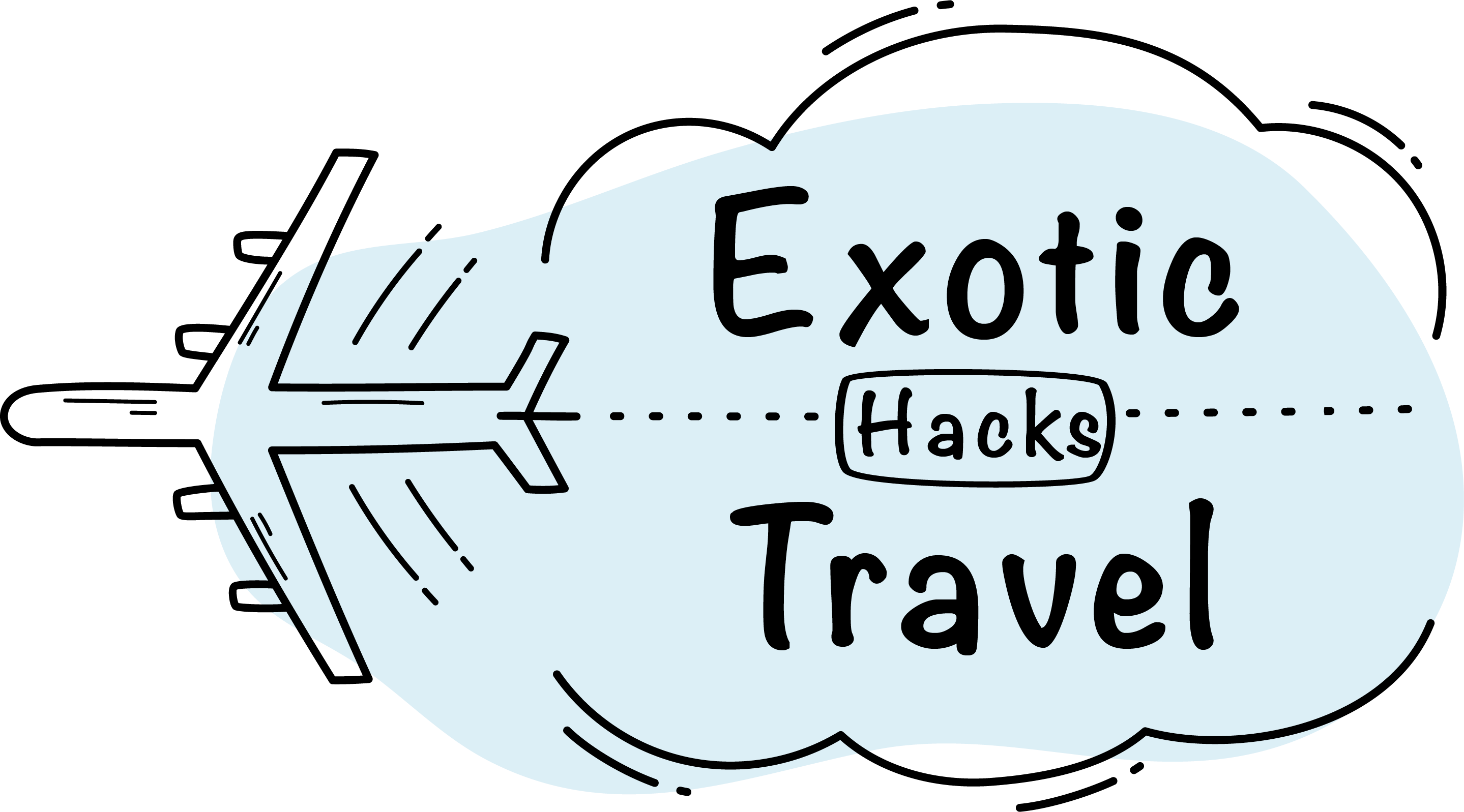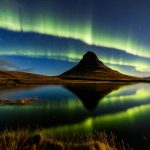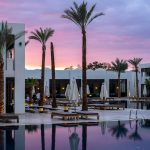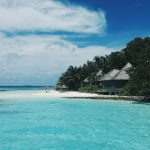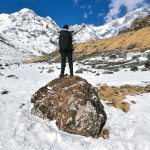Table of Contents
Norway’s fjords rank among the world’s most spectacular landscapes, but their reputation as budget-breakers keeps many travelers away. The truth? With strategic planning and local insights, you can experience these majestic fjords of Norway without emptying your bank account. Here’s how to navigate Norway’s fjords like a savvy local rather than a cash-strapped tourist.
Timing: When the Crowds Thin and Prices Drop
The conventional wisdom sends everyone to the fjords from June through August, when prices soar and popular spots overflow with cruise ship passengers. Instead, consider these alternatives:
Late May delivers nearly all summer benefits at significantly reduced prices. The spring melt feeds dramatic waterfalls, snow still caps mountain peaks for dramatic photos, and daylight stretches well into the evening. Best of all, accommodation prices can be 30-40% lower than peak season rates.
September offers another sweet spot – still-pleasant temperatures, reduced crowds, and the beginning of autumn colors transforming mountainsides. Prices drop noticeably after the August peak, while most attractions and services remain fully operational.
For the truly budget-conscious, consider winter fjords. From November through March, prices hit rock bottom, with some accommodations offering 60-70% discounts from summer rates. While daylight hours shrink dramatically, the fjords transform into mystical landscapes of snow-dusted mountains reflected in dark waters. Many attractions close, but the fundamental beauty remains accessible.
Transportation Strategies: Beyond Expensive Car Rentals
Car rental costs in Norway can devastate travel budgets, with weekly rates often exceeding $700 even for basic vehicles. Fortunately, alternatives exist:
Norway’s public transportation network provides exceptional access to major fjord regions. The combination of trains and buses reaches surprisingly remote areas, often following scenic routes designed specifically for travelers. The Oslo-Bergen railway ranks among Europe’s most beautiful train journeys, crossing the Hardangervidda plateau before connecting to fjord-bound buses.
The Norway in a Nutshell route connects Oslo, Flåm, and Bergen via coordinated trains, buses, and ferries. While marketed as a packaged tour, you can book each segment individually, creating the same experience at a lower cost while adding overnight stops impossible on the single-day tour version.
For ultimate budget transportation, Norway’s extensive network of express buses covers routes throughout fjord regions at prices far below train fares. Companies like Nor-Way Bussekspress offer visitor passes providing unlimited travel for periods from 3 to 14 days.
Accommodation Hacks: Where to Sleep Without Splurging
Conventional hotels in fjord regions command premium prices, but alternatives provide authentic experiences at a fraction of the cost:
Norway’s DNT (Norwegian Trekking Association) maintains over 500 cabins throughout the country, including many in prime fjord locations. These range from simple shelters to staffed lodges with home-cooked meals. Membership costs about $60 annually and reduces nightly stays to approximately $15-40 per person, depending on comfort level.
Guesthouses and homestays in smaller fjord communities offer both affordability and local connection. In villages like Balestrand, Flåm, and Geiranger, family-run accommodations often cost half what chain hotels charge while providing authentic Norwegian experiences impossible in conventional settings.
For summer visits, Norway’s liberal camping laws create unbeatable budget opportunities. Allemannsretten (the right to roam) permits camping on uncultivated land for up to two nights, keeping at least 150 meters from inhabited houses. This allows spectacular fjord camping experiences costing absolutely nothing, though pay campgrounds with shower facilities present a comfortable middle ground at about $15-25 per night.
Eating Without Breaking the Bank
Food costs in Norway can shock unprepared travelers, with restaurant meals easily exceeding $30-40 per person for even casual dining. Strategic approaches can cut food expenses dramatically:
Self-catering saves substantial money. Every Norwegian town has at least one supermarket (look for chains like Kiwi, Rema 1000, and Coop Prix, which offer better prices than convenience stores). Simple breakfasts and lunches from supermarket ingredients can reduce daily food costs by 60-70%.
For authentic yet affordable dining experiences, look for “dagens rett” (dish of the day) options at local restaurants, typically offered at lunchtime for about half the dinner menu price. Similarly, cafeterias in museums, university buildings, and community centers often serve traditional Norwegian dishes at reasonable prices.
Bakeries provide budget-friendly meal alternatives through hearty sandwiches and Norway’s exceptional baked goods. Items like skillingsboller (cinnamon rolls) make satisfying, affordable snacks during long days of exploration.
Experiencing the Fjords: Beyond Expensive Tours
The most memorable fjord experiences don’t require expensive guided tours. Consider these alternatives:
Self-guided hiking provides the most immersive fjord experience at minimal cost. Paths range from gentle walks along fjord edges to dramatic climbs up peaks like Preikestolen (Pulpit Rock) overlooking Lysefjord. Norway’s exceptional trail marking system makes independent hiking straightforward, while the DNT offers inexpensive maps and route guidance.
Ferry travel serves as both a transportation and sightseeing opportunity. Regular passenger ferries connecting fjord communities cost a fraction of dedicated “fjord cruises” while traversing the same spectacular waterways. The passenger ferry from Gudvangen to Flåm through Nærøyfjord, for example, offers essentially the same experience as premium cruise options at less than half the price.
Cycling provides another budget-friendly exploration method. Dedicated bike routes follow many fjords, while bicycle rentals typically cost one-fifth of what car rentals demand. The relatively flat terrain along fjord edges makes cycling accessible even to casual riders, with the freedom to stop wherever views inspire.
Regional Focus: Where to Find Value
While the famous fjords around Bergen attract the most visitors and highest prices, equally spectacular regions offer better value:
Nordfjord in northern Western Norway sees fewer international tourists despite offering dramatic landscapes where glaciers meet fjord waters. The main town of Stryn provides an affordable base for exploring both the fjord and the nearby Jostedalsbreen glacier.
Sognefjord, Norway’s longest and deepest fjord, spans such vast territory that numerous small communities along its length offer budget accommodations away from tourist centers. Villages like Vik, Balestrand, and Leikanger provide authentic experiences at reasonable prices.
Hardangerfjord, just south of Bergen, combines fjord beauty with Norway’s largest fruit-growing region. The area offers exceptional hiking, waterfall views, and cultural experiences with significantly lower prices than more famous regions further north.
The Future of Budget Fjord Travel
Norway increasingly recognizes the value of sustainable tourism, including making natural wonders accessible to travelers with diverse budgets. New initiatives include expanded public transportation into remote fjord regions and the development of hiking infrastructure that creates car-free exploration possibilities.
The ultimate budget-friendly fjord experience combines careful planning with the flexibility to embrace unexpected opportunities. With strategic choices and local knowledge, Norway’s spectacular landscapes become accessible without financial stress, proving that some of the world’s most breathtaking destinations can indeed be experienced without premium prices.

I’m Garrett, a seasoned photojournalist with a passion for uncovering the world’s hidden treasures. My journey is fueled by a deep curiosity for diverse cultures and breathtaking landscapes. When I’m not behind the lens capturing the world’s wonders, you can find me exploring underwater realms or sharing my passion for discovery with my two adventurous children.
